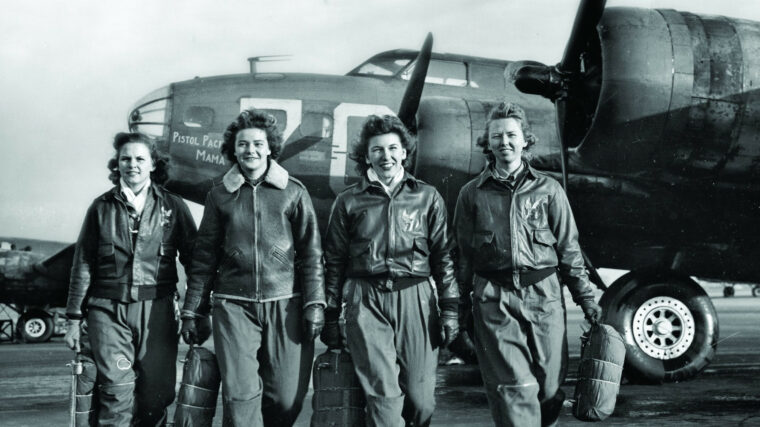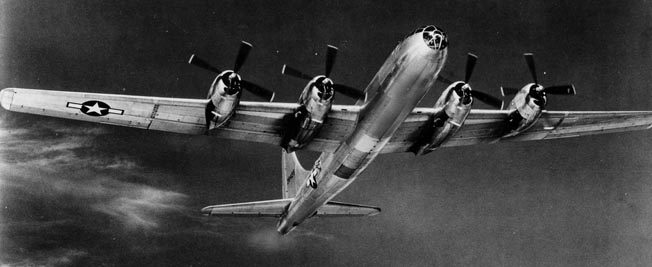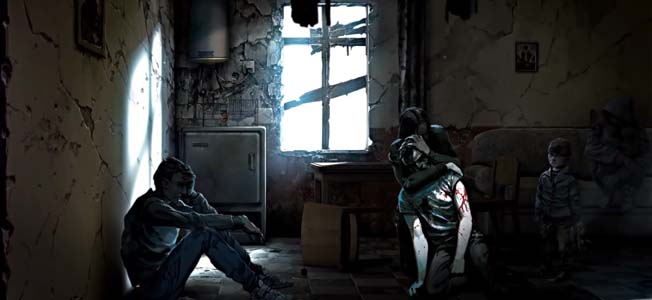
Hiroshima
The OSS’ Operation Cardinal: Locating General Jonathan Wainwright
By John ManciniOn May 6, 1942, in the Malinta Tunnel, Corregidor Island, General Jonathan Wainwright waited for the Japanese to respond to his surrender offer with a cease-fire. Read more






















